Are Hibiscus Invasive
davemichigan
13 years ago
Featured Answer
Sort by:Oldest
Comments (17)
coolplantsguy
13 years agolaceyvail 6A, WV
13 years agoRelated Professionals
Belmont Landscape Architects & Landscape Designers · Kenmore Landscape Architects & Landscape Designers · Saint Louis Park Landscape Architects & Landscape Designers · Signal Hill Landscape Architects & Landscape Designers · Hartford Landscape Contractors · Milford Landscape Contractors · Peabody Landscape Contractors · Brooklyn Park Landscape Contractors · Duarte Landscape Contractors · Forest Hills Landscape Contractors · Fort Atkinson Landscape Contractors · Paterson Landscape Contractors · Roseville Landscape Contractors · Saint George Landscape Contractors · Whittier Landscape Contractorscoolplantsguy
13 years agoken_adrian Adrian MI cold Z5
13 years agocoolplantsguy
13 years agomxk3 z5b_MI
13 years agodavemichigan
13 years agorusty_blackhaw
13 years agogardengal48 (PNW Z8/9)
13 years agoken_adrian Adrian MI cold Z5
13 years agolinnea56 (zone 5b Chicago)
13 years agodavemichigan
13 years agoschwerk56
8 years agolinnea56 (zone 5b Chicago)
8 years agoschwerk56
8 years agosunnyborders
8 years agolast modified: 8 years ago
Related Stories

GARDENING GUIDESAttract Hummingbirds and Bees With These Beautiful Summer Flowers
Roll out a welcome mat for pollinators to keep your landscape in balance and thriving
Full Story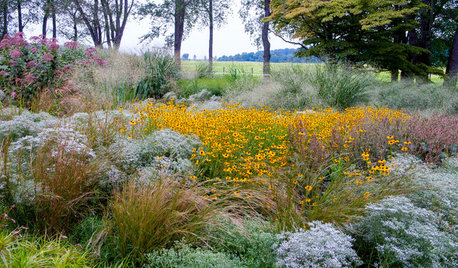
GARDENING GUIDESThe Surprising Ingredients Every Good Garden Should Have
See what to do — and not do — for lasting rewards in your landscape
Full Story
GARDENING GUIDESHouzz Call: What’s Your Favorite Backyard Beauty?
The simple, honest daisy is this writer’s go-to garden flower. We want to hear which plant, flowering or otherwise, gives you special joy
Full Story
GARDENING GUIDES10 Top Native Plants for the U.S. Southeast
For a low-maintenance and wildlife-friendly landscape, use Southern natives that withstand heat and humidity
Full Story
LANDSCAPE DESIGNNative Plants Help You Find Your Garden Style
Imagine the garden of your dreams designed with plants indigenous to your region
Full Story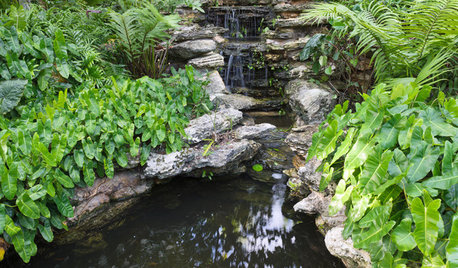
LANDSCAPE DESIGNRecipe for Tropical Edible Garden Style
Appeal to exotic good taste with fruit trees, palms and tropical look-alikes in your temperate-climate garden
Full Story
CONTAINER GARDENS3 Steps to Creating Quick, Easy and Colorful Succulent Containers
Take a bright container, add a colorful succulent or two and have a professional, summery design in minutes
Full Story
GARDENING GUIDESMake Sure You Read This Before Buying New Plants
Follow these 10 plant-selection tips to avoid buyer’s remorse
Full Story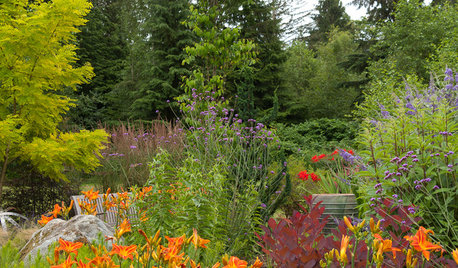
PLANTING IDEASGreat Garden Combo: Planting for Fiery Color and Beautiful Wildlife
Draw winged wonders while maintaining a strong design aesthetic to please human visitors to your garden year-round
Full Story
GARDENING AND LANDSCAPINGBid Bad Garden Bugs Goodbye and Usher In the Good
Give ants their marching orders and send mosquitoes moseying, while creating a garden that draws pollinators and helpful eaters
Full StoryMore Discussions






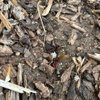

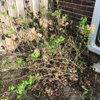
gardengal48 (PNW Z8/9)